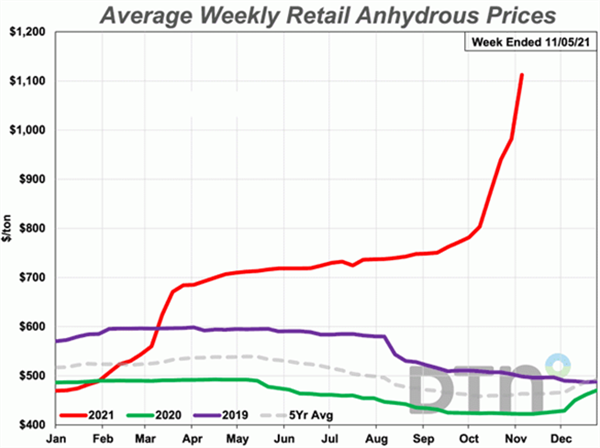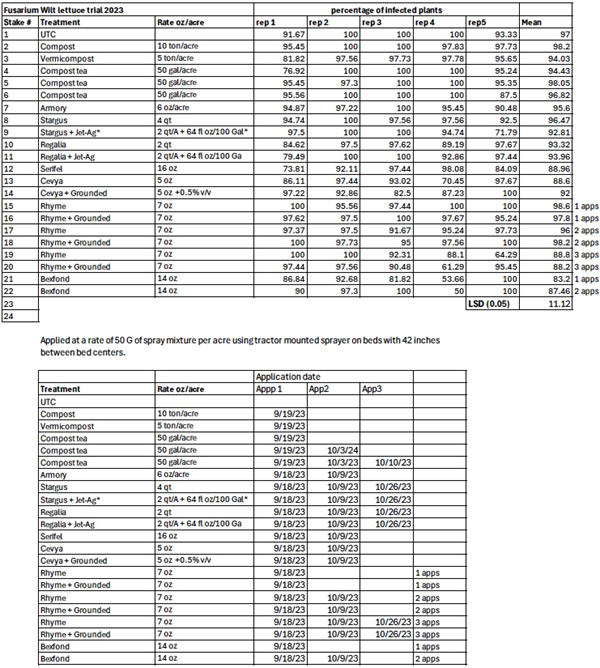Sep 22, 2021
Herbicide Volatility
Some of the oldest and most effective broadleaf herbicides are the growth regulators. These include 2,4-D (Several names 2,4-DB (Butyrac, Butoxone), MCPA (Rhomene Rhonox, Chiptox, Battleship & others), Dicamba (Clarity, Banvel), Clorpyrolid ( Stinger), Triclopyr (Garlon, others), and many products containing 2 or more of these.Their principle use in this region are on grain, bermudagrass, alfalfa,cole crops and sugarbeets. Their utility is very limited in this region, however, because of their volatility and potential to move and cause injury to sensitive crops. Volatility is very different than spray drift. Spray drift is the airborne movement of the herbicide to non-target sites. It is often related to physical conditions like wind speed, nozzle type and pressure, application technique and other factors. Volatility, on the other hand, involves movement after the herbicide has evaporated into the air as a gas. It is affected not only by physical conditions but more importantly by characteristics of the herbicide including chemical properties of the active ingredient, especially vapor pressure, and formulation type. All of the growth regulators have high vapor pressure and are volatile. These herbicides can be formulated differently and formulation can significantly affect volatility. The amine formulations are much less volatile than the ester formulations of all of these products. The amount of product used can vary with formulation and there is generally more volatilization potential with higher use rates. The type of salt used with the amine formulations are also influential. Formulations of dicamba that use sodium salt ( Distinct, Celebrity Plus and Northstar) or diglycolamine salt (Clarity) are less volatile, for instance, than formulations using the DMA salt used in Banvel. The volatility of all of these growth regulators is always higher during the hot summer temperatures. Their use is restricted in some counties in California between March 15 and October 15. Questions come up every year at this time about how long after application these products can volatilize and how far they will move. You can find information that claims everything from that they are safe after drying to that they can volatilize 60 days after application. Many of us have seen them not move at all at times and move a mile or 2 at others. This is likely because volatility is affected by so many factors. It will always be difficult to predict. A sample list of the vapor pressures (mm/Hg) of herbicides that are used here follows. Vapor pressures very significantly by formulation and measurement technique and are affected by many factors. This list can give you a general idea of how potentially volatile an herbicide can be. The higher the vapor pressure the more potentially volatile it is. How volatile it becomes will depend upon temperature, humidity, wind, rate, adjuvants used and other factors.
|
HerbicideVapor pressure(mm of Hg)
|
|
Prowl1.2 x 10-5
|
|
Treflan1.5 x 10-2
|
|
Glyphosate1.8 x 10-7
|
|
Goal2.0 x 10-7
|
|
Clethodim2.6 x 10 -9
|
|
Dicamba3.4 x 10 -5
|
|
2,4-D ester3.9 x 10-7
|
|
Eptam4.5
|
To contact Marco Pena go to:
marcop@ag.arizona.edu



 Figure 1. North American fertilizer prices.
Figure 1. North American fertilizer prices.




